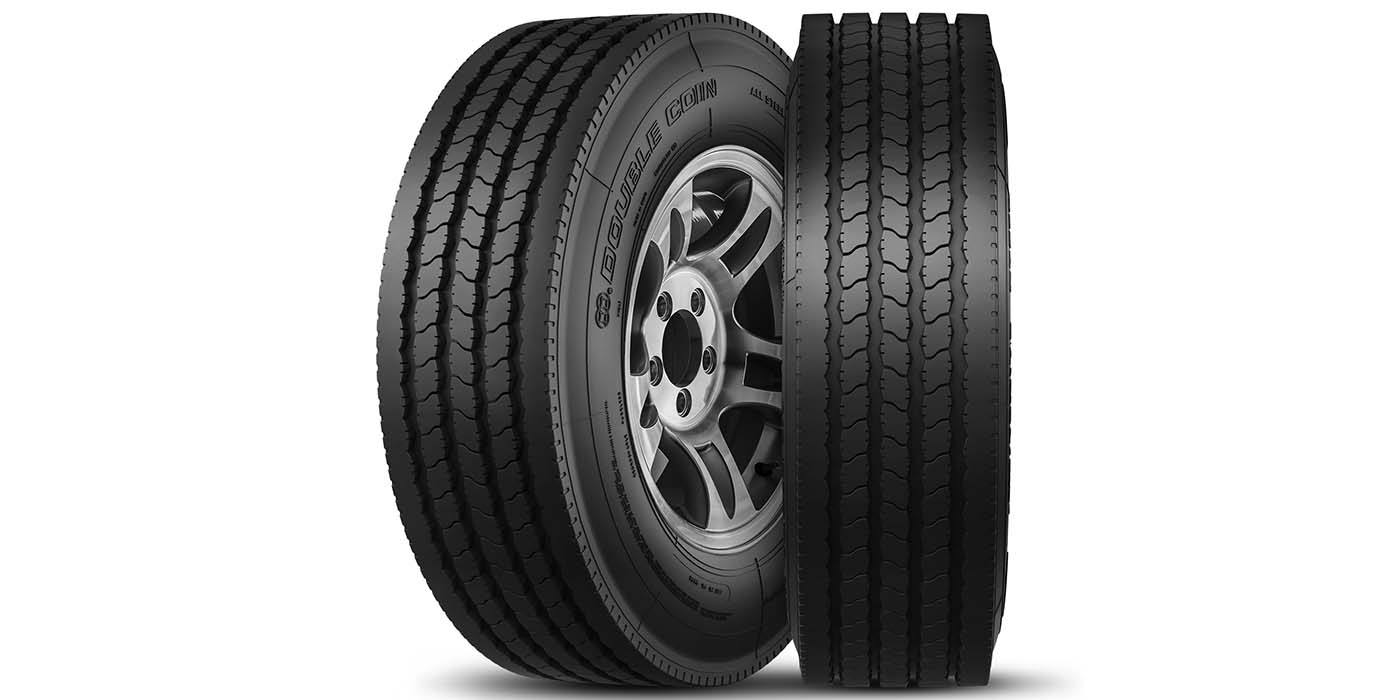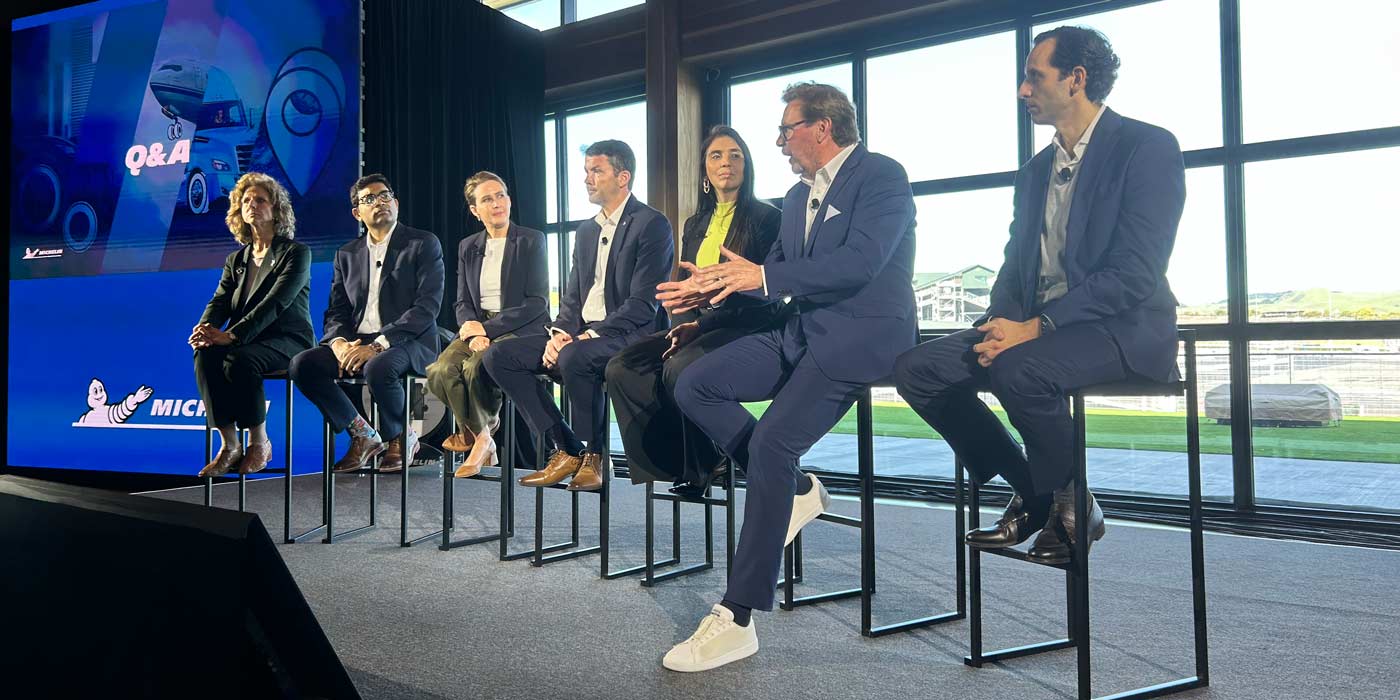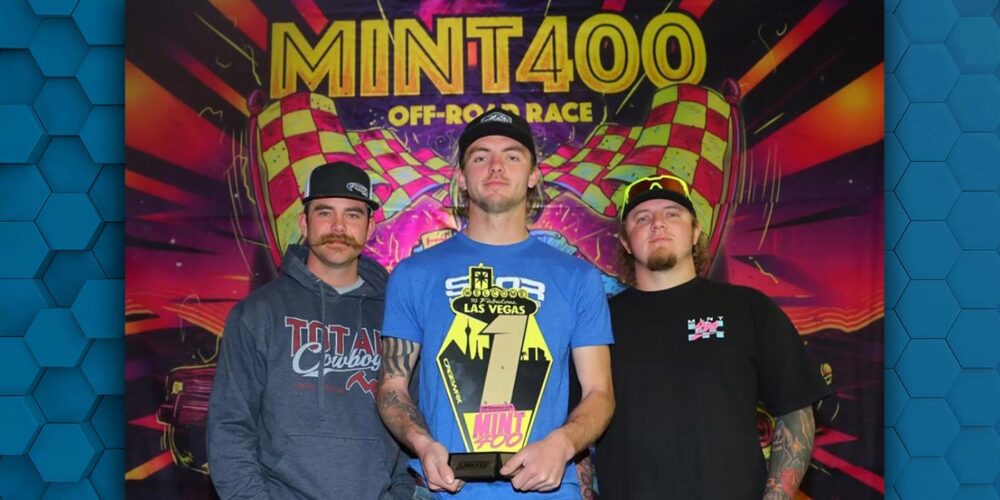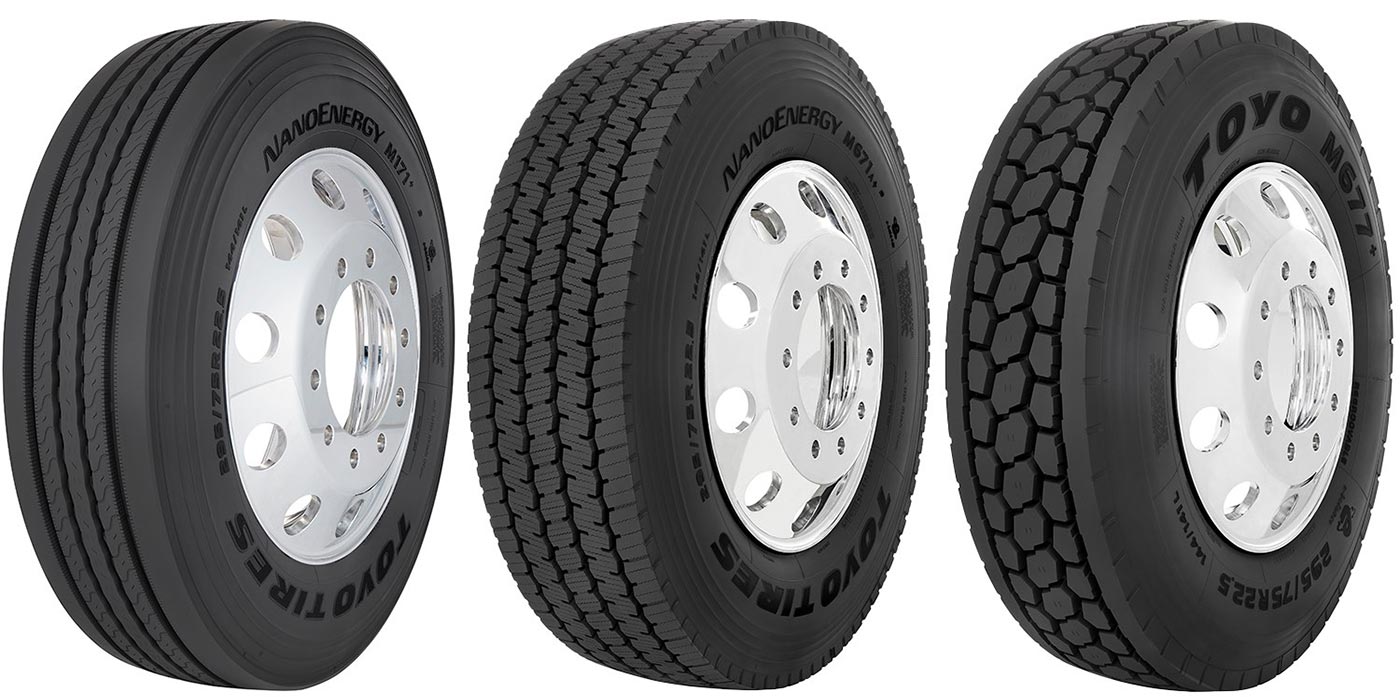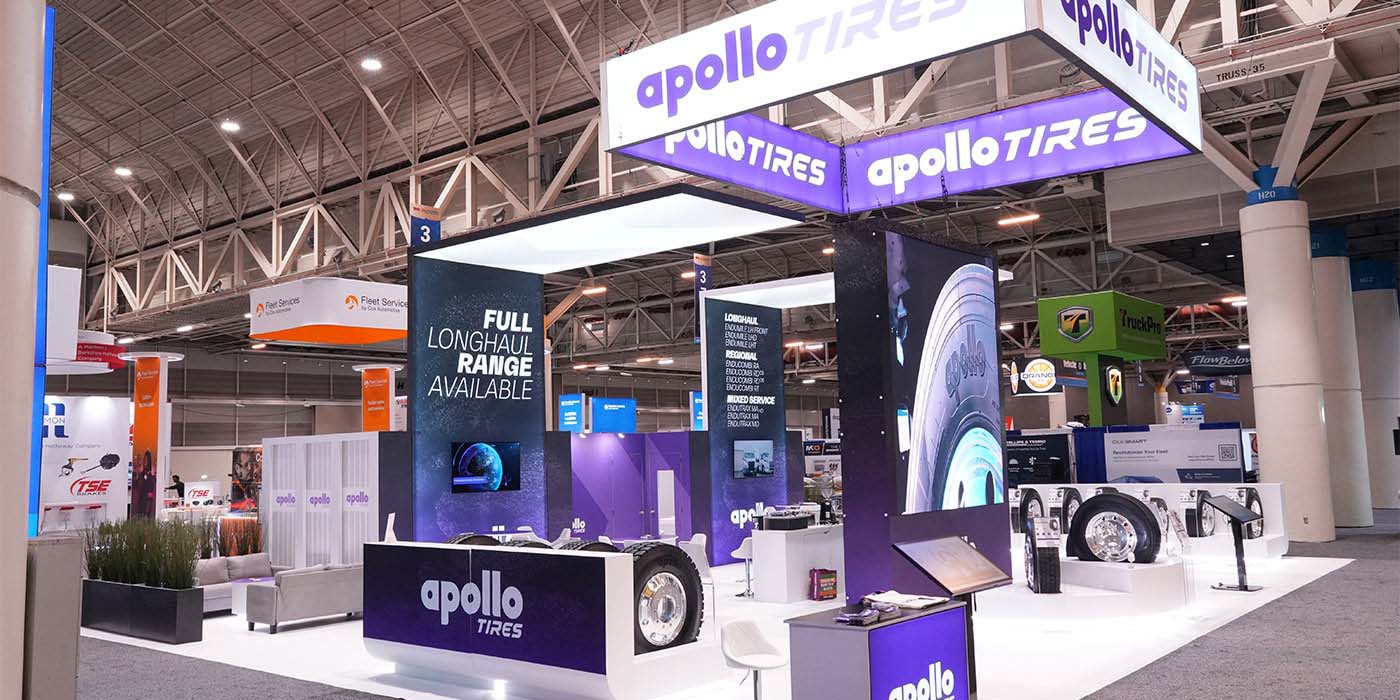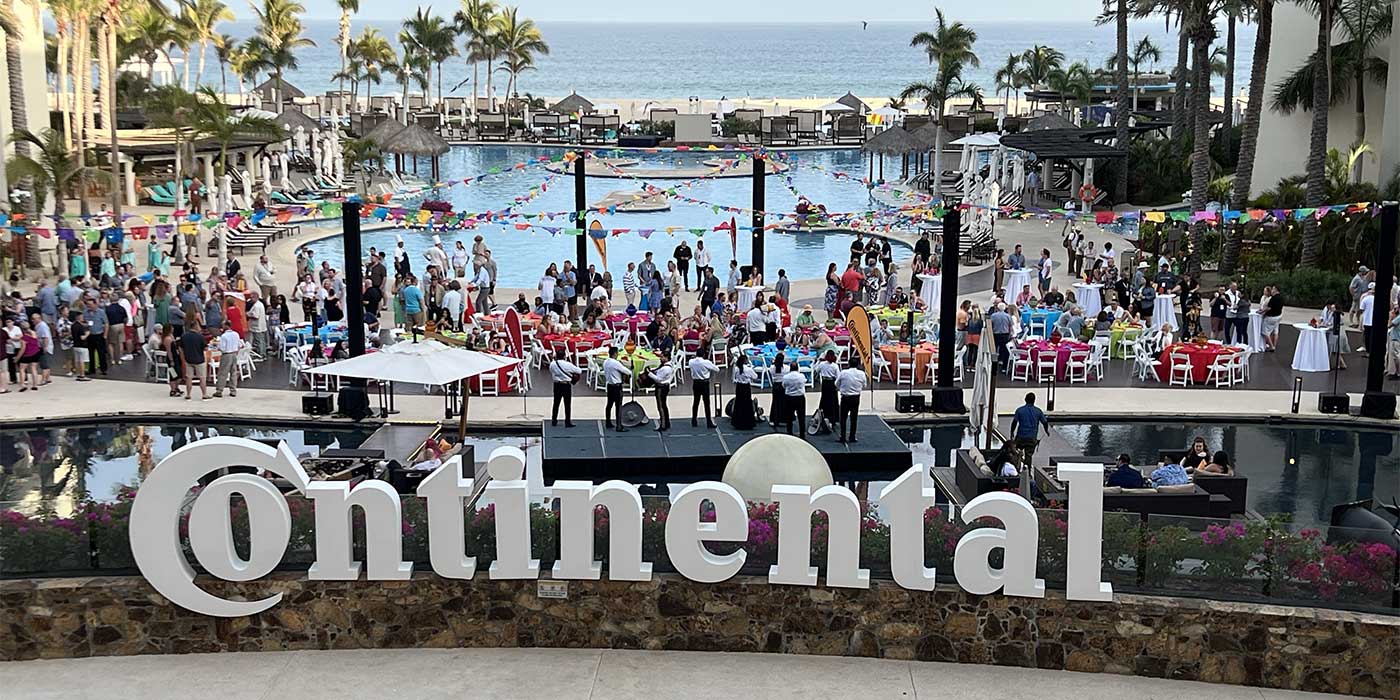Sharppoints
Savvy truck fleet maintenance managers who’ve been around the business for awhile recognize an evolution that has significantly changed their approach to component management. While the basics of selecting good quality components and maintaining them in service is still the primary focus, what could be generally described as "problem management" has slowly been replaced by the enlightened approach of "problem prevention."
The concept of minimizing or eliminating downtime and schedule interruptions can contribute to improved efficiencies and fewer fixed-resource requirements, ultimately delivering lower operating costs.
Tire management – casing management, in particular – is no exception, and certainly deserves a closer look. Particularly since the relative value of truck tires continues to increase for both the original tread and retread portions of a tire’s useful life. In fact, thinking of tires as having these two distinctively different life stages can often help point the way to the most effective choices of new tire brand, retread provider, maintenance practices, trade cycles, and even tire disposal solutions.
Over the years, tire manufacturers and end-users have tried to better define the performance requirement priorities for new truck tires. Long original tread life, good traction, resistance to irregular wear and general durability are tops on most lists. Since most new tires today are axle-specific, designed primarily for use on steer, drive or trailer positions, the priorities remain quite consistent overall, but the order is sometimes juggled.
A lot of information has also been disseminated that underscores the importance of choosing a retread provider, including selecting tread rubber, inspection techniques and process type.
Much less, however, has been written or studied about how to prioritize the properties of tire casings. Let’s look at some facts. Most over-the-road trucking operations today have nearly as many retreaded casings in use as new tires. In 1999, the North American market purchased approximately 15.2 million new replacement tires and 19.2 million retreads.
With this retread-heavy mix of rolling stock, it might help to think of tire casings as assets. One senior fleet manager said his tire management goal is no different than the guidelines he uses for other components: "To extend asset (tire) life while delivering efficient performance consistent with controlled maintenance expenses, minimized downtime and enhanced safety."
The first key word here is "efficient." The second is "controlled." There are many more factors to consider in selecting new truck tires than simply the cost of each new tire and each subsequent retreading.
Look At Every Consideration
Keeping a tire casing in service longer postpones the necessity of replacing it through a new tire purchase. Being able to defer such a purchase may have a positive bottom line impact for the fleet. At the same time, what does that delay do to the further performance capability of that casing?
Another consideration in tire service life is tire disposal. Running a tire – or retread – longer delays disposal, which has an associated cost when the casing is no longer serviceable.
Fuel efficiency is also important in making a complete tire selection. All truck tires derive their total rolling resistance signatures from a combination of tread and casing characteristics. Therefore, when comparing the fuel efficiency of different tires, a separate evaluation of the casings – processed with identical retread materials – could be as important as a test of the new tires. Industry data suggests that free rolling trailer and dolly axle tires contribute the largest percentage, by axle, of total real world truck fuel economy.
Another important consideration, as it relates to controlling maintenance requirements and expenses, is general casing durability. Some good questions to ask include:
- How easy are the casings to repair?
- Are special procedures or materials required?
- How large an injury is repairable?
- How compatible are the casings with other brands or types already running in the fleet?
- Does the casing allow use of the same design and width of retread to maintain simplicity of tire matching when replacing dual tire assemblies?
Consider, also, whether a casing requires any unusual or special inspection procedures or processing techniques that might add complexity to normal retreading operations.
Casing warranty can also be a concern. Key elements to define include the limits of coverage (usually measured from the time of manufacture), any limit on the number of retreads covered, and a complete definition of what is covered by the casing manufacturer vs. the retread processor.
It’s often said in the trucking industry that the best warranty is one that’s never used. It’s still a good idea to compare the values assigned to different casings, both by their original manufacturer and by local retreaders. This will help cover you in the event that excess casings are generated by the fleet or, conversely, that casings need to be purchased to supplement tire requirements.
Keep Good Records
Perhaps one of the best reasons to consider truck tire casings as valuable and controllable assets is that comparison is easier than ever. A number of industry suppliers, including new tire manufacturers, retread material and equipment suppliers and independent software providers, have PC-based record keeping programs available. These programs are the best way to replace hearsay and guesses with hard data.
Of course the age old problem of timeliness can surface in record keeping, since many casings in over-the-road service today can accumulate upward of a million miles and cover six or more years of service. To help decision-making during this time period, reliable information from other fleet users is often helpful and may serve to complement limited casing performance data for small and newer users.
Many well-managed, cost-conscious fleets recognize that in the process of selecting new tires, it makes economic sense to emphasize valued casing features, such as overall durability, repairability, fuel efficiency, and any post-original tread warranty in the total tire cost equation.
In this sense, truck tires are truly evolving from a user-expense item to a true lifecycle cost-managed asset. To select tire brands without serious consideration of long-term casing performance isn’t much different than evaluating our careers based solely on accomplishments before we turned 30 – not very accurate if you’re a late bloomer.

